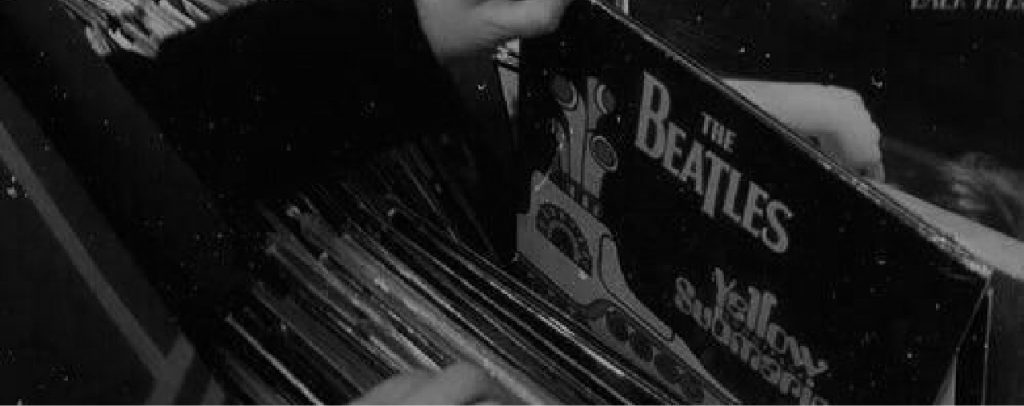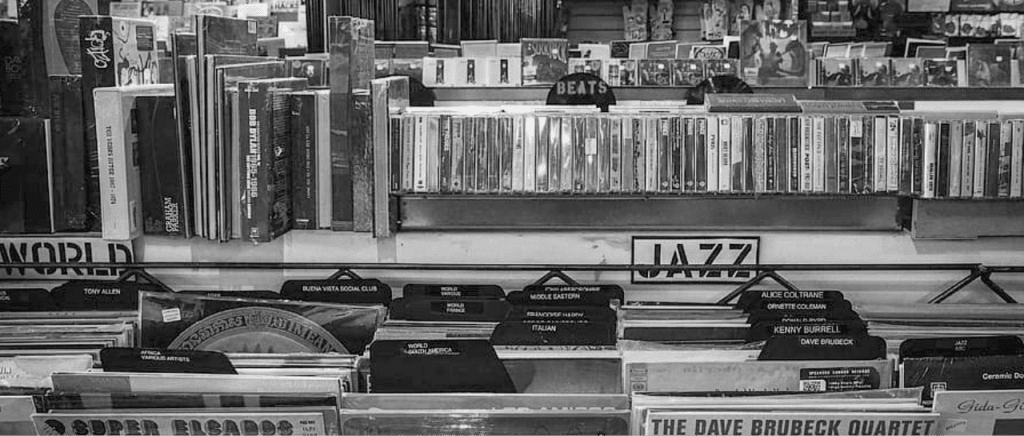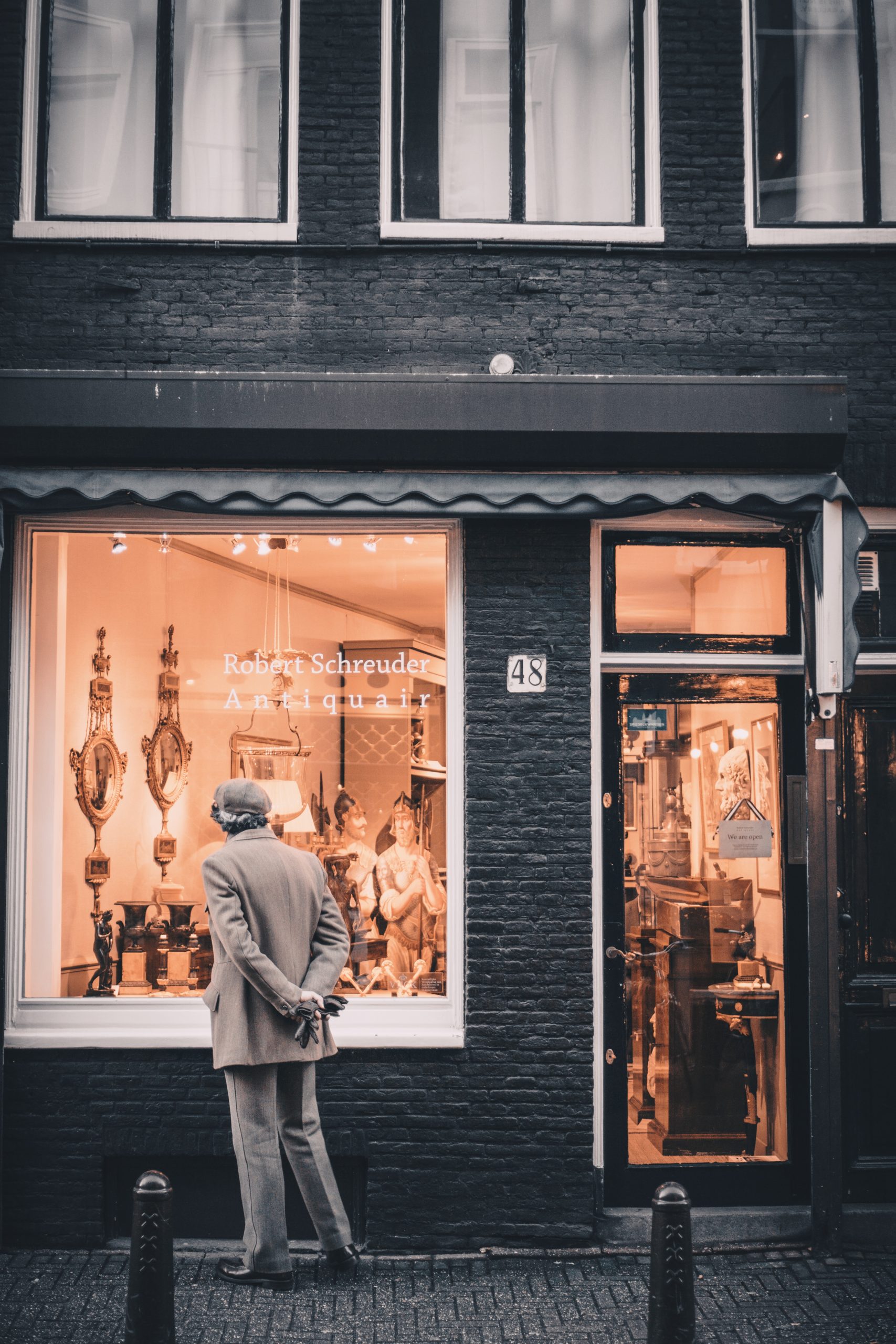Catch them young and watch vinyl grow on them. The true story of a boy who swears at digital but swears by analogue music.
The year was 1978. It was about 9.00 pm and a shy eight year old boy peeked out from behind the curtains. He was supposed to be in bed, asleep. But the revelry in the drawing room had his curiosity stirred, or more accurately, the music. It wasn’t that he hadn’t heard loud music being played earlier when his parents had parties. Everyone raved about the turntable that his parents had bought a few months earlier on their return from England. It was the sound of the much sought after Garrard 401 and an SME 3009 tonearm that had friends and neighbours enthralled.
This time around the visitors were his much older cousins who had brought their own records to play on this system. Instead of his mother’s ghazals or his father’s jazz music, there was another kind of magic emanating from the speakers. There were electronic whoops and whirls, guitars and electronic organs made sounds like he hadn’t heard before, the lyrics sent his mind searching for thoughts, there were sounds of cash jingling and alarm bells going off. Finally a voice said “There is no dark side of the moon. As a matter of fact, it is all dark”. A while later another song came on that had a wonderfully jingly jangly sing-along quality to it which caught his attention. The chorus went “We all live in a yellow submarine, a yellow submarine”. Though he did not know it then, this impressionable boy was unknowingly introduced to Pink Floyd and The Beatles.


The next morning he went out and picked up the LPs and looked at the jackets. It was unlike anything he had seen before. One album had a prism that refracted light with Pink Floyd Dark Side Of The Moon and the other read “The Beatles Yellow Submarine” with artwork that he couldn’t fathom. Life had just turned on its head for him. Now he wanted everything that these two bands had recorded and thus began a life in discovering music that was played through one of two mediums at his home; a turntable and a cassette deck.
He started by recording these two albums on a used 90 minute cassette tape his father gave him. The cousins soon left and so did the records. Now he started asking older brothers of his classmates about what sort of music they listened to and if they had anything by The Beatles and Pink Floyd. One of them did. He was about 17 years old and freaked out when an eight year old kid wanted to borrow these records to tape them. But when he heard about how the boy had come into this music, he decided to take him under his wing as a protege. The weeks flew into months and the months into years as there were journeys into Dire Straits, Led Zeppelin, The Rolling Stones, Frank Zappa, The Who, Santana, Jimi Hendrix, King Crimson, Emerson Lake and Palmer, Bruce Springsteen, CSNY and many others.
It was some time in 1985 that the bug of being in a band bit him and a few batch mates. The only open position was for a bass player. Pestering his parents for a bass guitar, he joined the band. But the school would not allocate any money for speakers, amplifiers, cables, mics and drums. They asked the music teacher if his band could play a fundraiser for the gear and the audience (students) would contribute whatever they could. After a “sold out” gig there was enough to buy the bare basics. After learning a few scales and chord progressions, the band was auditioning tracks to make their playlist. Enter The Doors, Deep Purple, L Subramaniam and Rare Earth. It took a while for what people might call “standard” bands to make their way into his library, but it was worth the wait.
As band rehearsals progressed, the now 14 year old, not so shy anymore, had his headphones on, looping a tricky bass part on a Dire Straits track when his father entered the room to ask what he was listening to. “Dire Straits”, he replied “the band with the best guitar player in the world today”. “Alright. Join me in the drawing room when you’re done. I’ve got something for you to listen to.” his father said. He shut his little Walkman and when he got to the drawing room, he saw his father had pulled a few records out and motioned him to sit in his father’s listening chair. This was a singular honour for him. Because that seat was never given up for anybody. That is the night that changed his musical life forever. The needle dropped on Jose Feliciano’s version of “Light My Fire” that was followed up with “Rain”, “Samba Pa Ti”, “High Heel Sneakers” and “Pegao”.


The listening session suddenly switched to Duke Ellinton. The opening notes to “Creole Love Call’ had him in a rapture. Needless to say he was hooked on the sound they called jazz. This particular live album of Ellington featured Jimmy Hamilton, Johnny Hodges, Ben Webster and Harry Carney on saxophone duties and he learned to identify each of them as the years went on by their signature sounds. No more was rock his preferred high of choice, but the broad expanse of the jazz idiom and the depths that each artist went through to express him or herself. By the time he was finished with school, he was way ahead of his peers and musical mentors of the repertoire that enamoured him. He couldn’t discuss his new found love with any of them, though he did try to interest them in discovering jazz. His father passed on a year later and he inherited the records and the turntable. He was on his own to discover jazz and the blues.
The turntable got mothballed as he got through college and soon started working. Life had a pleasant surprise for him when in 1995 he found a job in the Middle East selling music. The records and turntable were entrusted to a friend for safekeeping, a responsibility that he fulfilled faithfully. The romance with vinyl was temporarily put on hold for the next ten years, but it was all worth it. As he worked on the shop floors of music stores, first in the Middle East and then in various cities in India, he met American and European sailors through whom he not only discovered many more artists but also little known and epic performances of theirs.
As the digital medium took a firm grip on the music industry and “file sharing” became commonplace, he was faced with a bittersweet reality. Though there was so much more easy access to music waiting to be discovered, the business would never be the same. Physical music stores started closing down and ironically LP records could be found at throwaway prices in scrap sellers stores, outside railway stations and families simply giving them away by the dozen. He quietly kept collecting irrespective of the genre or the artist, knowing he would filter them at some later point. As the face of music access and delivery thrived in the digital world, the analogue format somewhat surprisingly held on to its adherents and gradually started making a comeback.
Whatever arguments that digital or analogue enthusiasts may put forward on what is the best medium to record and play music, the fact remains that the human ear doesn’t process bits and bytes, but waves that operate in the analogue space. Having lugged his records and equipment around the country in specially designed and built crates and trunks, now a man approaching middle age can be seen and heard sharing his music with the next generation. His musical possessions will be inherited by his child who is also well on the way to deep analogue appreciation. And as long as the human race wants it to, analogue is not going away.



🔐 Use code FIRST25 and get a whopping 25% OFF* on your first order. But hurry, it’s only for a limited time and only on selected products.
🚀 So, hush-hush and start shopping now to snag the best deals before they vanish!